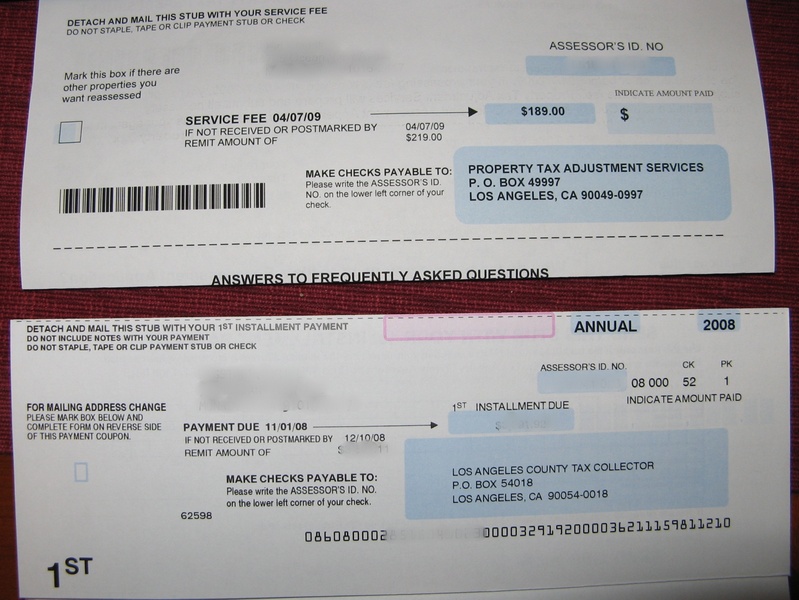Loners de-unite!
May 9th, 2009 at 3:08 pm (Psychology, Society)
I have read and re-read and savored Anneli Rufus’s wonderful book, “Party of One: The Loner’s Manifesto.” The author defines a loner as one who actually enjoys time spent alone — as distinct from those who are lonely (which is the state of being alone and wishing you weren’t). Being a loner doesn’t mean that you hate other people (misanthropes claim that distinction), but that you just don’t need them around all the time, and you rather hope they can understand this and not take it poorly. My full review of the book goes more into its scope and ideas, but here I wanted to record some of my favorite quotes:
- “We are at our best, as Orsino says in Twelfth Night, when least in company.â€
- “Anything done alone is discredited, demeaned, devalued, or at best, simply undiscussed. People talk about other people, and of the things they do with other people.â€
- On phone calls: â€Being home alone, they presume, could not possibly also mean being busy. Or contented exactly as you are. Unwilling to be interrupted.â€
- “Loners have nothing against love, but are more careful about it.â€
- “But loners, no matter our taste, eat many meals, if not most, alone. At home, this affords the essence of choice and spontaneity […] Jell-O eaten from a toy pail with a toy spade while taking a bath? A beef-tongue omelet? Why the hell not?â€
- “Unmoved by the mass hysteria, immune to the contagion by which nonloners spend fortunes just proving they like a certain song or style, we do not give the entertainment industry what it seeks.â€
- “Time spent alone has a way of winnowing the inventory of what we need.â€
- “For some loners, a paucity of friends is a matter of time. There is simply too much to do alone, no time to spare. Shared time, while not entirely wasted if the sharer is a true friend, must be parceled out with care, like rationed flour. And time shared, even with true friends, often requires loners to put in extra time alone, overtime, to recharge.â€
- Quoting Sasha Cagen: “For the quirkyalone, there is no patience for dating just for the sake of not being alone. On a fine but by no means transcendent date we dream of going home to watch television. We would prefer to be alone with our own thoughts than with a less than perfect fit. We are almost constitutionally incapable of casual relationships.â€
- “The solo expedition, traveling beyond reach, is a big thing still and will always be. To the loner, such an adventure promises epiphanies, wonders never to be forgotten, elemental challenges, confrontations with the ultimate and the self.â€
If that’s not motivating, I don’t know what is.
